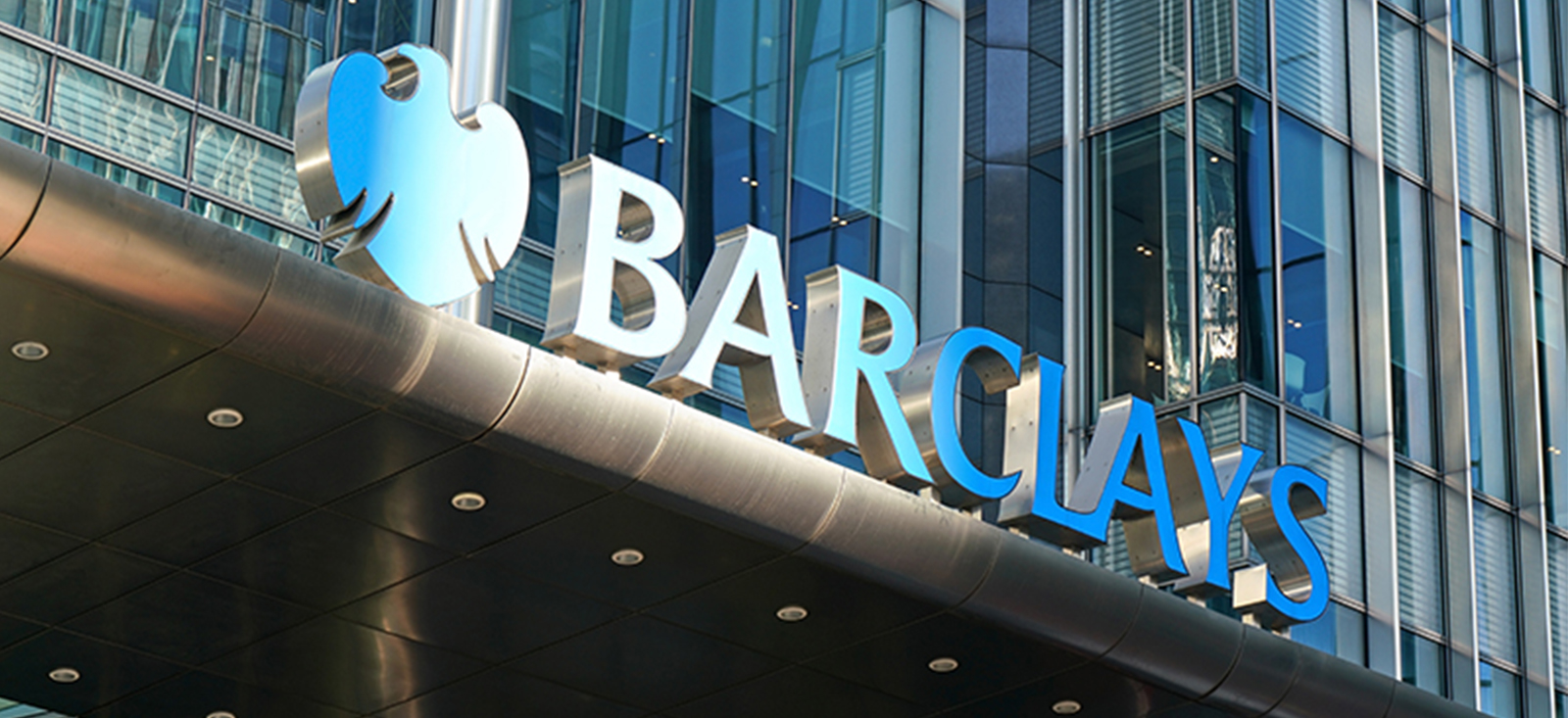
Why Are We Seeing a Stock-Buyback "Bonanza"?
Several global banks – including HSBC, Santander and Barclays – have announced 2024 stock buyback programs. These banks had strong enough performances to put excess cash to use with buyback programs that seek to benefit the banks and their investors.
As an expert on financial institutions, corporate finance and capital markets, Gregory Nini, PhD, Marshall M. Austin Term Professor of Finance, explained what buybacks are, how they work, and other options for excess profits.
Q: What is a buyback?
A: A stock buyback is when a firm uses its cash to repurchase stock from existing investors. The investors who sell their shares back to the company receive cash in exchange for their stock. Firms often have “repurchase programs” where they announce their intention to repurchase a certain amount of stock. Then they make the actual purchases gradually trying to get the best price possible.
Q: Why would a global bank (or any company) purchase its own stock?
A: Firms repurchase stock to return money to shareholders. In exchange for buying stock in a company, investors receive a claim to the future earnings of the firm. Firms can pay these earnings to investors through dividends or share repurchases. Dividends are regular payments of cash per share from a firm to all investors.
Read more on the Drexel News Blog.



